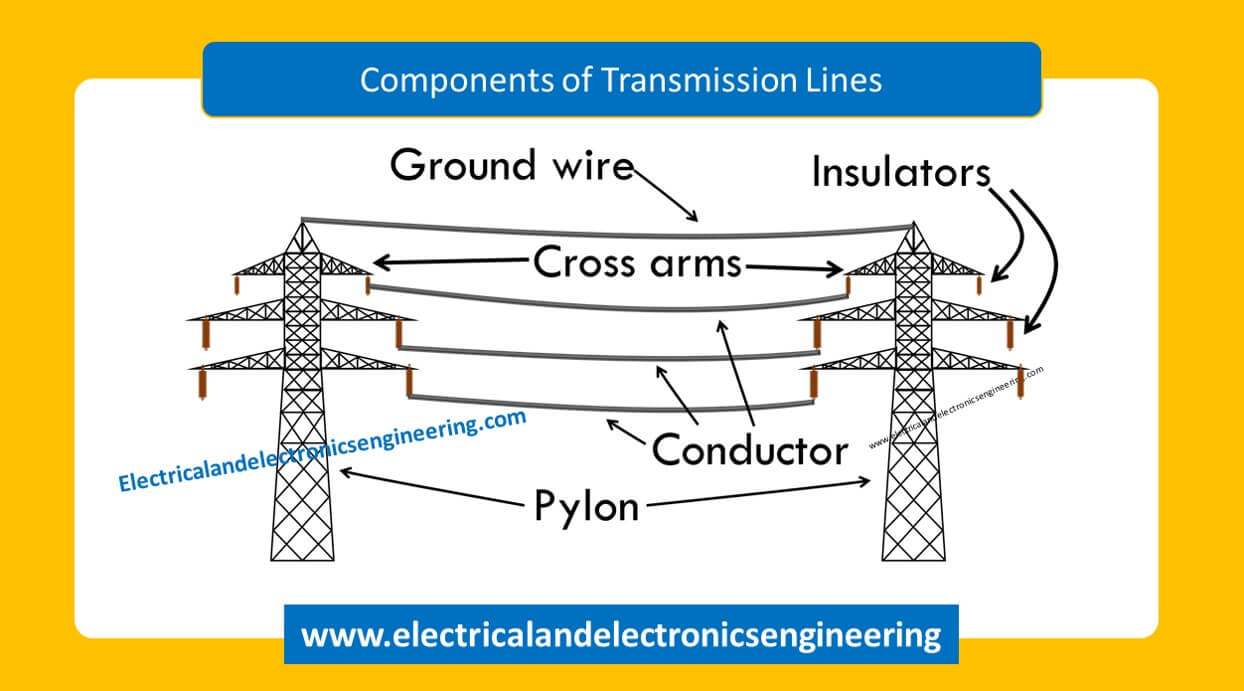Electrical transmission lines are responsible for bulk transportation of electricity from one point to another. Various components of transmission lines play their role for the successful transmission of power from plants to utilities. Given below is a brief overview of 10 components used in transmission lines:
Phase Conductor
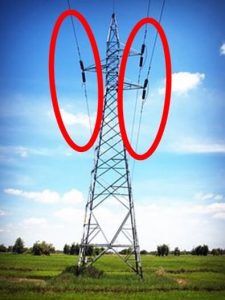
A conductor is the main component which carries current from one point to another. Very often a single circuit pole contains three conductors (Since Major portion of our power system is three phases, one conductor per phase is used). Some poles are designed to carry two circuits, such poles contain six line conductors.
Transmission Pole
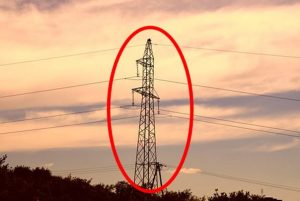
Transmission pole is the main structure which carries conductors and keeps them away from the ground. Due to economic reasons, the conductors used in transmission lines are kept bare. To keep them at an appropriate distance from earth a pylon (pole) of appropriate height is required.
Insulator
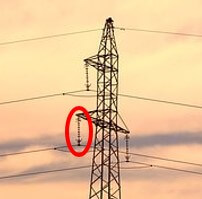
The transmission line insulator is made of porcelain. Its major objective is to insulate conductor from pole as well as to support it. The insulator is directly connected to cross an arm of the pole.
Cross arms
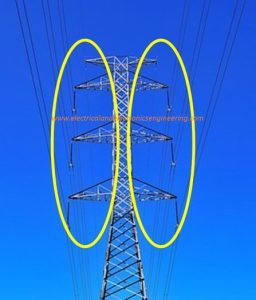
Cross arms are used to support insulators. The figure above indicates insulators connected to a double circuit transmission line pylon.
Earth cable
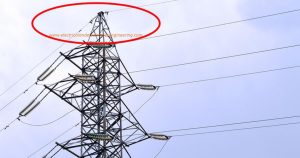
In previous section we observed the main phase conductors. Besides phase conductor there is another cable that is connected at the top of pole. The earth cable is used to provide protection against lighting strokes.
Spacer
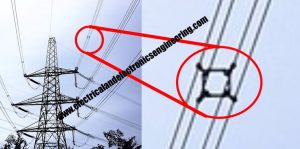
For low voltage transmission of electricity, one conductor per phase is used. However, for high voltage transmission, multiple conductors per phase are employed. In such a case the spacer is used so as to keep the conductors apart from each other.
Power Line Markers
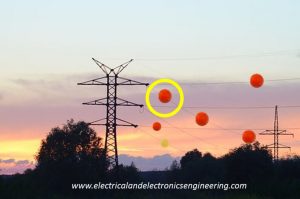
Power line markers are used to make transmission lines visible to pilots, drone operators and other machinery operating in area. Very often orange colored balls are used on transmission lines for this purpose.
Vibration Damper
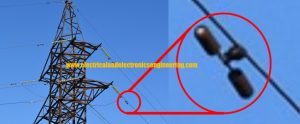
As the name indicates the vibration dampers are installed on transmission lines to control vibrations of overhead lines. A vibration damper has two bell-shaped metallic weights fastened to end of the metallic rod.
Danger plates
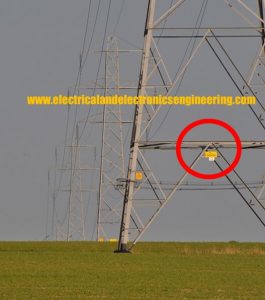
Danger plates indicate the voltage level of transmission lines as well as it serves the purpose to warn users for not touching the lines.
Anti-climbing fence
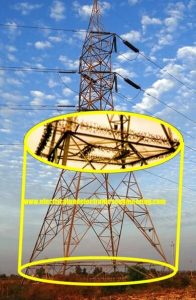
Anti-climbing fence is used to restrict users from climbing the transmission line poles. They are installed near the base of transmission lines and their sole purpose is to provide safety to the general public.
So that was all about major transmission line components. Besides above mentioned components transmission lines contain lighting arressters, distribution transformers, voltage regulation devices, fuses, and breakers.
